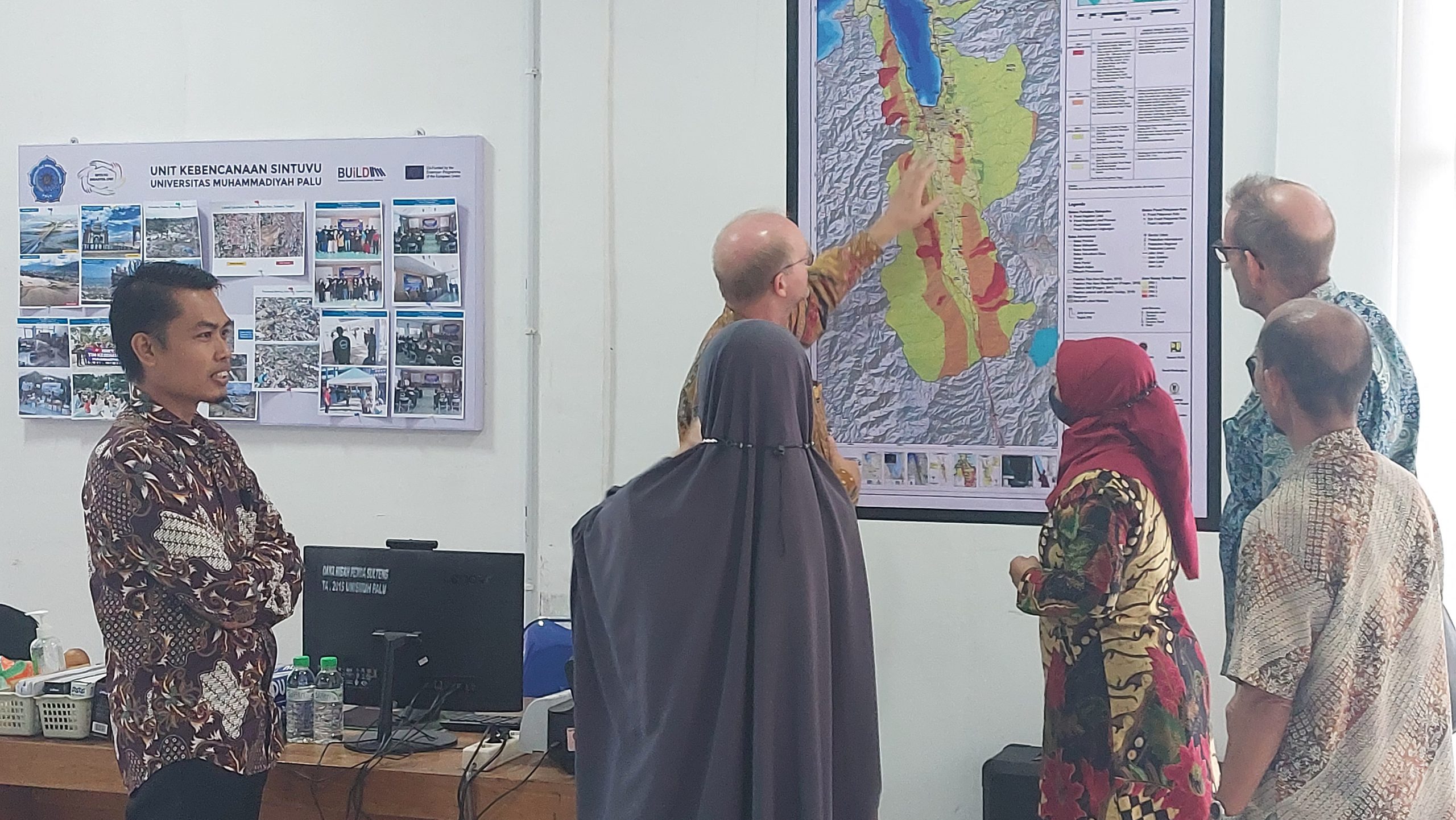Partners have been equipped with a fully developed virtual reality training environment, virtual reality headsets and instructions for virtual reality trainers. The initial set is based on an earthquake scenario and teaches individuals principles of preparedness within a home environment as well as emotional regulation and evacuation strategies during an earthquake. The consortium partners are jointly working on the development of further virtual reality training environments adapted to a wider range of possible disasters with a focus on those most likely to affect different regions.
The framework also provides guidelines for the design and implementation of local disaster awareness campaigns, which can be adapted to current and emerging disaster risks. Campaigns may include dissemination of alerts with relevant advice via social media or other mobile forms of communication, broadcasting or print media, or awareness training.
Key Indicators
To date, 34 virtual reality training events took place. These were attended by 116 members of staff, 217 students, 121 members of the community and 14 representatives of local businesses, a total of 468 participants.
Individual centres carried out several addition training activities that were not anticipated in the original project proposal. These included the training of a total of 266 volunteers (70 staff, 96 students, 50 community members, 50 representatives of local businesses), and at least 16 further training events in relation to several aspect of disaster resilience. these events were attended by 120 members of staff, 436 students, 347 members of the community and 120 representatives of local businesses, a total of 1,023 participants.
A minimum of 10 disaster awareness campaigns were initiated with a total of 2,999 individuals targeted (279 staff, 1,520 students, 1,140 members of the community, 60 representatives of local businesses)
4 disaster alerts were issued in response to the Mamuju (2021) and Cianjur (2022) earthquakes and the Mt Semeru (2021) and Mt Merapi (2022) volcanic eruptions with a minimum of 5,394 individuals targeted.
16 disaster training innovations were recorded, cumulatively benefiting at least 1,287 individuals (308 staff, 837 students, 102 community members, 40 representatives of local businesses).
Last updated 02/08/2023

